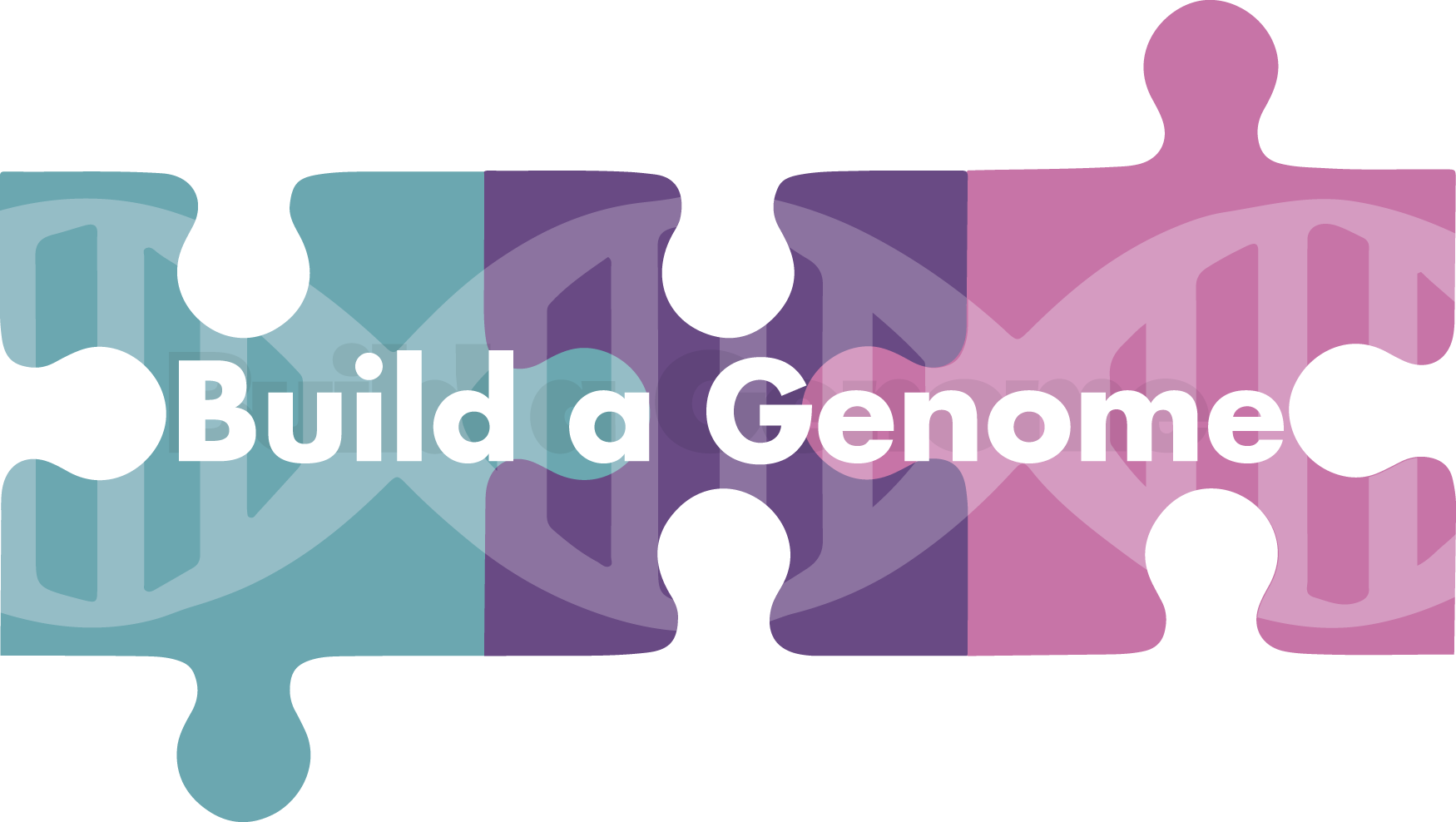Conservation and ethics of using synthetic genetics
Author(s): Fran Sandmeier
1317 total view(s), 999 download(s)
Conservation Introductory Powerpoint for Instructors.pptx(PPTX | 5 MB)
Conservation Option 2 Rat Case Study - Student Handout.docx(DOCX | 1 MB)
Conservation News Article New Zealands War on Rats Could Change the World - The Atlantic.pdf(PDF | 13 MB)
Conservation Option 1 - IUCN Case Studies.pdf(PDF | 4 MB)
Conservation Option 1 - IUCN Case Studies.pptx(PPTX | 11 MB)
Conservation Option 2 Rat Case Study - for Instructors.docx(DOCX | 1 MB)
Esvelt Gemmell 2017.pdf(PDF | 2 MB)
- License terms
Description
The powerpoint presentation can be adapted to follow "Option 1": a series of case studies a class or groups of students can work through, or "Option 2" a detailed case study of using synthetic genetics to eradicate rats, a huge conservation problem, in New Zealand. Option 1 includes a second powerpoint (which can be edited) or a pdf version, which can be printed out as pages to be distributed to groups of students. One possibility is to assign each group of students to one case study, and report back their assessment of it at the end of class. For large lectures, just one of the case studies could be presented, with student voting for different assessments. Option 2 is more detailed, and includes more data. This proposal to eradicate rats from New Zealand is one of the most well-developed proposals, with published assessments of advantages and potential problems. Students can work through this detailed handout. A second handout for instructors (with potential answers to the questions) is also included. Finally, two resources - a peer-reviewed article (Esvelt and Gemmel, 2017) and a news article (The Atlantic) - are included as potential further references for students.
Cite this work
Researchers should cite this work as follows:
- Sandmeier, F. (2020). Conservation and ethics of using synthetic genetics. Build A Genome Network, QUBES Educational Resources. doi:10.25334/D2FN-GW02
